The Nazis believed they had the youth under control. But Sophie Scholl did not want to bow to them and joined the resistance group “The White Rose”. She and her brother Hans Scholl were executed 80 years ago.

In front of the entrance to the Ludwig Maximilians University in Munich, the leaflets of the resistance group “White Rose” are embedded in the ground as a memorial
We want to be young girls./We want to have clear eyes/And active hands./We want to be strong and proud:/too straight to be nerds and cowards,/too sincere to want to seem like something,/(…) too defiant to be cowards.
The year is 1934. A group of girls are making a vow on the Ulm Gänswiese. Sophie Scholl is one of them and has her black scarf hung around her chest. She is now accepted into the Jungmädelschaft, a National Socialist organization for girls. Just three years later, she and her brother Werner are confirmed in a Hitler Youth (HJ) uniform in Ulm's Paulskirche. These examples are often cited as evidence that Sophie Scholl, a member of the student group “The White Rose” and a symbol of resistance against the NS dictatorship, is said to have originally sympathized with the regime.
Sophie Scholl read Rilke at the campfire
The Sophie Scholl expert Werner Milstein sees it differently: “For Sophie Scholl, the Jungmädelschaft and later the Bund Deutscher Mädel was very attractive, because there she could do what she wanted: be in nature, climb trees. That was what interested her: sitting by the campfire. And what did she do? She read Rilke, and that no longer fitted with the NS ideology at all,” he says. “That's why I don't know how fanatical she actually was, I'm a bit more reserved.” He wrote a book about the ups and downs, revelations and secrets of the young woman and the role played by youth in the Nazi era, which Sophie Scholl's life is very multifaceted portrays.
Hitler Youth and League of German Girls popular with young people
Sophie Scholl was born on May 9, 1921 in Forchtenberg, Baden-Württemberg. She grew up with four siblings in a politically liberal and Christian family. She enjoys spending time in nature, reads a lot and loves to paint. Her childhood takes place mainly in Ulm, where her father works as a tax consultant. The new rulers reject the parents Scholl, so they are all the annoyed when their children speak so enthusiastically about National Socialism and even take up leading positions in the youth organizations.
For the young people of that time, membership meant personal responsibility, attention, independence and separation from the parental home, although iron discipline and obedience was actually demanded in the Nazi youth organizations. The National Socialists cleverly used the enthusiasm of the youth for their own purposes, which becomes very clear in a speech by Hitler to HJ members on December 2, 1938 in Reichenberg.
Hitler's plans for the youth
< p>“These young people learn nothing else but to think German, act German, and when these boys come into our organization at the age of ten and often get and feel fresh air there for the first time, then four years later they come from the young people to the Hitler Youth , and we keep them there again for four years. And then we definitely don't give them back into the hands of our old class and estate producers, but then we take them straight away into the party, into the workers' front, into the SA or into the SS … and they will not be free all their lives.”
But not everyone in the younger generation is as fanatical as the National Socialists wanted it to be: “They thought they had the youth under control, they had infiltrated them enough, so they were very shocked when things turned out differently,” says Werner Milstein.
Who were the “Edelweißpirate” and “The White Rose”?
The youth resistance comes mainly from church or political groups. The National Socialists try by dissolving and bringing into line the youth organizations, such as the Boy Scouts, the Socialist Worker Youth, Christian youth leagues to tame youth. At the end of the 1930s, the “compulsory youth service” was introduced and the young people were forced to join the Hitler Youth. If there was resistance, the regime dealt with it harshly, and the young resisters ended up in prison.
One of the most well-known oppositional youth groups at that time were the “Edelweißpiraten”, whose members were grouped in many major German cities and who rejected the compulsion and drill of the Hitler Youth. At the German universities there was less resistance on the part of the student body, on the contrary: it was sometimes the students who paved the way for the National Socialists to come to power before 1933. The Munich resistance group “The White Rose” to which Sophie Scholl belonged was one of the few exceptions.
Sophie Scholl's transformation into a resistance fighter
From a girl flirting with the new rulers, young Sophie transforms into an uncompromising resistance fighter. Several events in her life lead to this, such as the letters from her friend Fritz Hartnagel, who reported very impressively about the terrible experiences at the front, and the arrest of her father for “treacherous offenses” in 1941. Her world falters, cracks, recognizes the signs of the times.
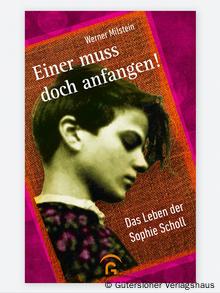
“I'd rather have unbearable pain than an insensate life. I'd rather have a burning thirst, I'd rather pray for pain, pain, pain than feel an emptiness, an emptiness, and feel it without actually feeling it. I want to rebel against it,” writes Sophie Scholl in her diary on June 29, 1942.
“If Hitler came along now, I would shoot him”
A month earlier she had enrolled at the University of Munich in biology and philosophy. In the same year she writes to her parents: “I'm ready for anything.” Their last months in the resistance begin. “If Hitler came along and I had a gun, I would shoot him. If the men don't do it, a woman has to do it” Sophie is supposed to – that's what Werner Milstein says in the book “One has to start”. – said to her friend Susanne Hirzel.
She asks her friend Fritz Hartnagel for 1,000 Reichsmarks for a duplicating machine. The procurement of materials such as ink, paper and stamps was their task within the resistance group. The first four leaflets of the “White Rose” were published between June 27 and July 12, 1942. Sophie Scholl was not involved in this, and it is unclear exactly when she found out about it. She came to the circle of the “White Rose” later: “Of course you have to say that Hans Scholl and his friend Alexander Schmorell were much more important, they were the center of the group. Sophie Scholl came later, but she as a young man Woman has a special attraction.”
Life and Death: For a different Germany
Sophie and Hans Scholl's fate is sealed on February 18, 1943. At 10 a.m. they carry a heavy suitcase to the university. Its content: leaflets. They manage to distribute 1700 of them. But then: Sophie pushes a stack – whether intentionally or accidentally – off the gallery. Like doves of peace, the leaves flutter down onto the atrium of the university. This will be their undoing. It's 11:15 a.m., “Stop! You're under arrest!” yells the caretaker of Munich University.
Four days later, on February 22, three members of the “White Rose” – Hans and Sophie Scholl and Christoph Probst – sentenced to death and executed only hours later.
“Such a glorious, sunny day and I must go. But how many must die on the battlefields these days, how many young hopeful men… what does my death matter if our actions will shake up thousands of people…”, Sophie said Scholl said in the prison cell, the report is by Else Gebel, who shared the cell with Sophie Scholl.

Icon of resistance: Sophie Scholl
Hard mind, soft heart
“I was very impressed by their slogan 'You have to have a hard mind and a soft heart'. You need a clear mind on the one hand and a deeply compassionate, soft heart on the other. That's what I wish for the young people to analyze very precisely what is happening in the world and act accordingly,” says Werner Milstein. “For me, the German resistance was a bridge to German democracy. These people in the resistance were very important for me to be able to identify with this country today.”
She is said to have walked to the guillotine with great dignity . Your executioner said later that he had never seen a person die so bravely. For Sophie Scholl it was a matter of morals and politics, of thinking and acting.
The Instagram channel of BR and SWR @ichbinsophiescholl shows the last few months of Sophie Scholl's life. It is a fictional interpretation that allows users to follow the life of the resistance fighter in real time.
This is an updated version of an article from 2021.
 The White Rose: Combat against Hitler
The White Rose: Combat against Hitler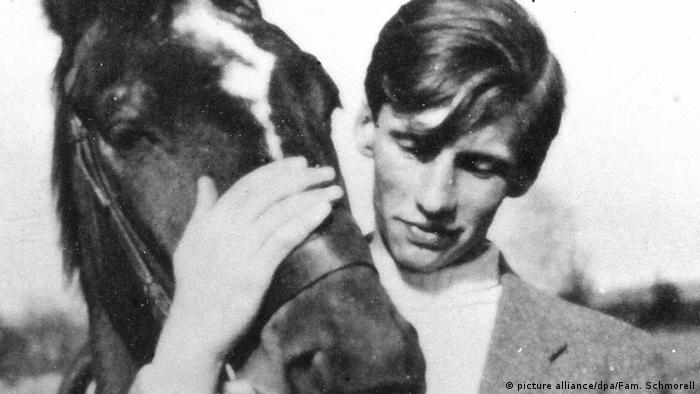 The White Rose: Fight against Hitler
The White Rose: Fight against Hitler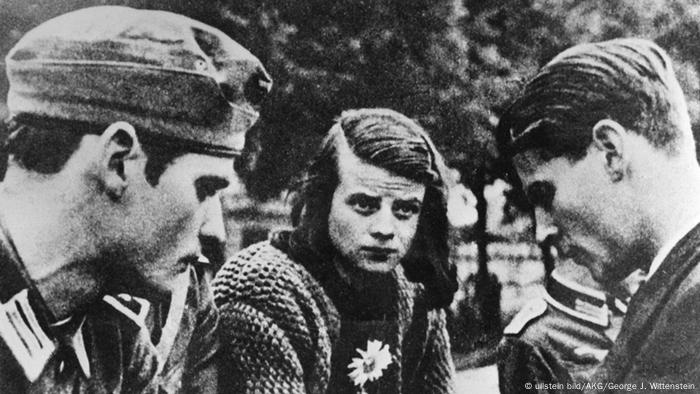 The White Rose: Fight against Hitler
The White Rose: Fight against Hitler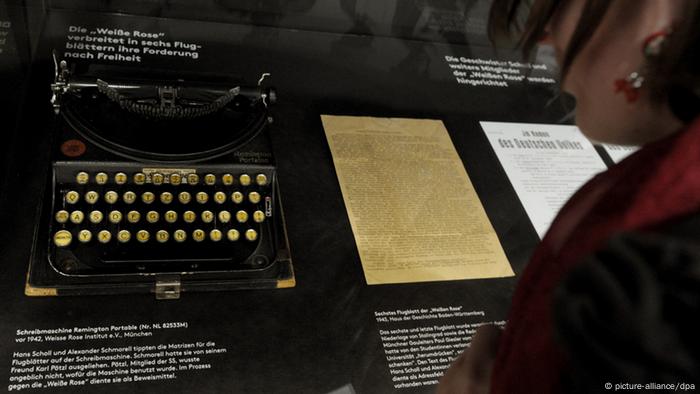 The White Rose: Fight against Hitler
The White Rose: Fight against Hitler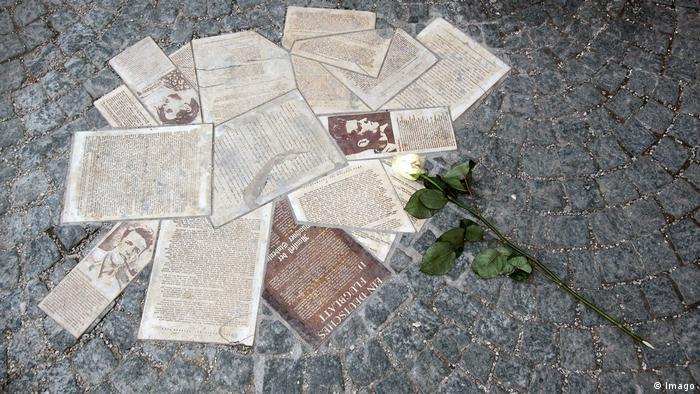 The White Rose: Battle Against Hitler
The White Rose: Battle Against Hitler The White Rose: Battle against Hitler
The White Rose: Battle against Hitler The White Rose: Battle against Hitler
The White Rose: Battle against Hitler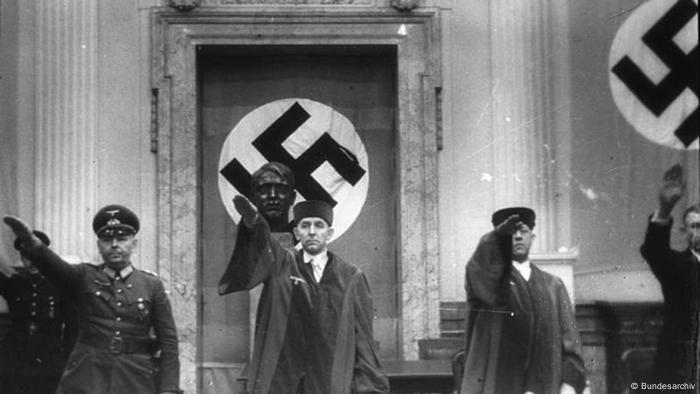 The White Rose: Fighting Hitler
The White Rose: Fighting Hitler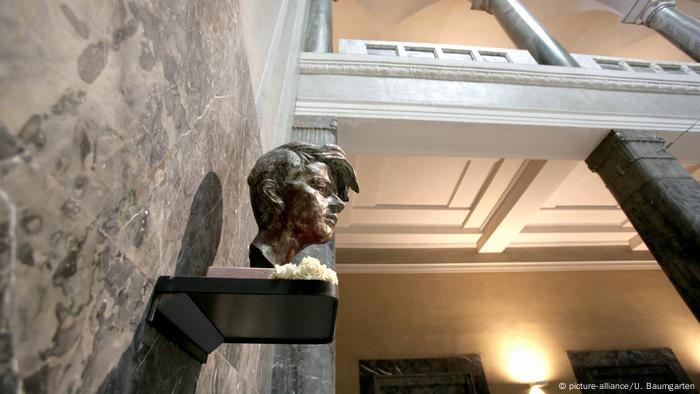 The White Rose: Combat against Hitler
The White Rose: Combat against Hitler